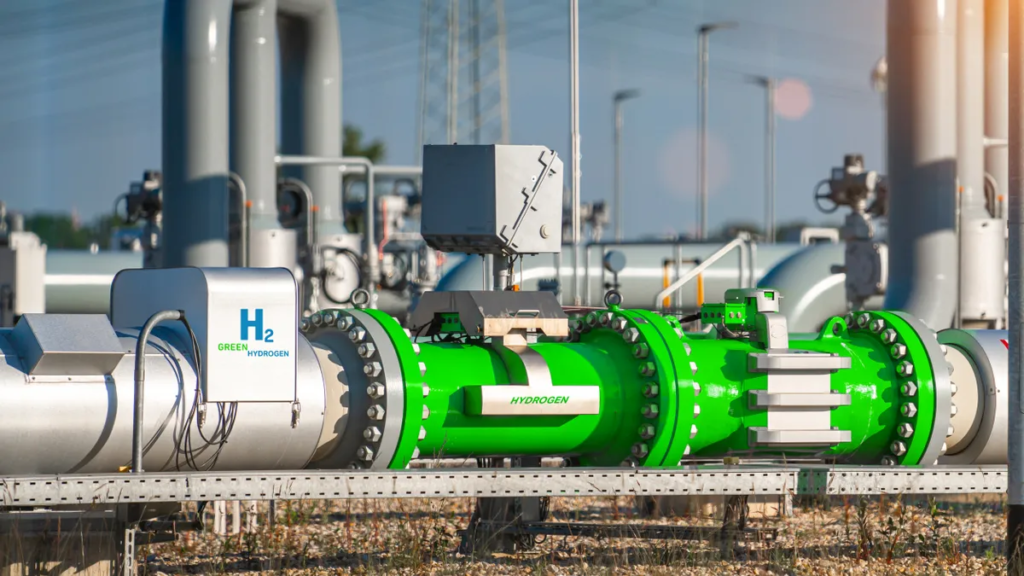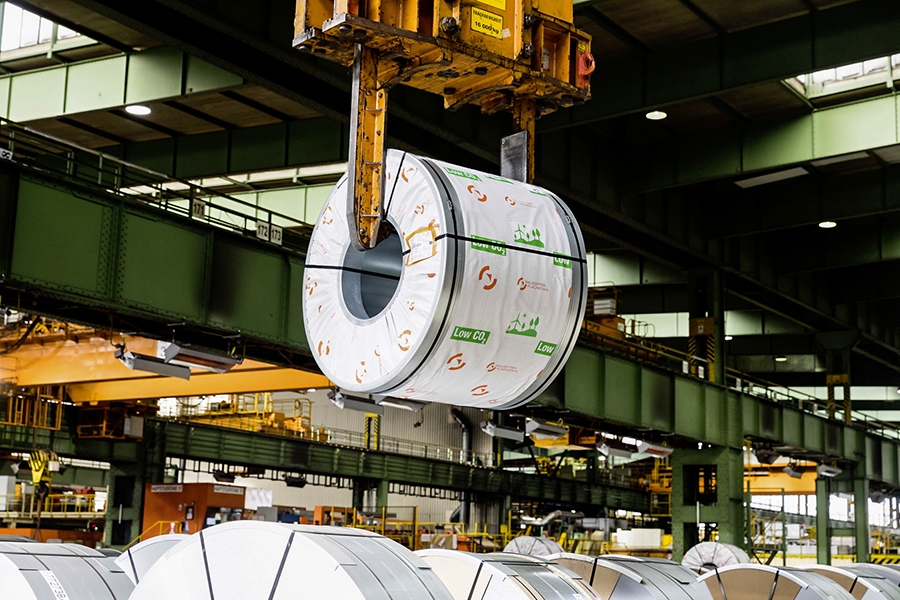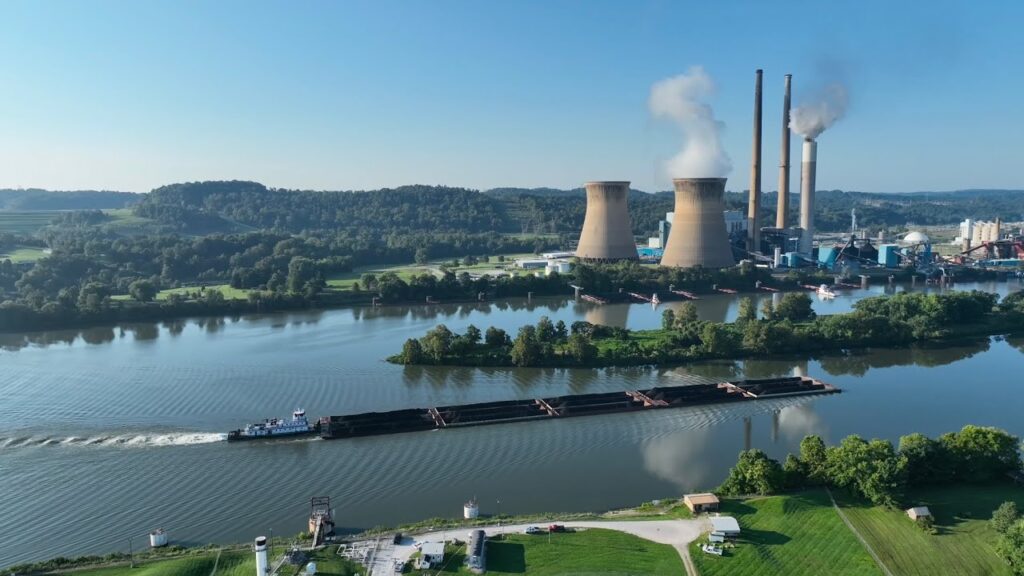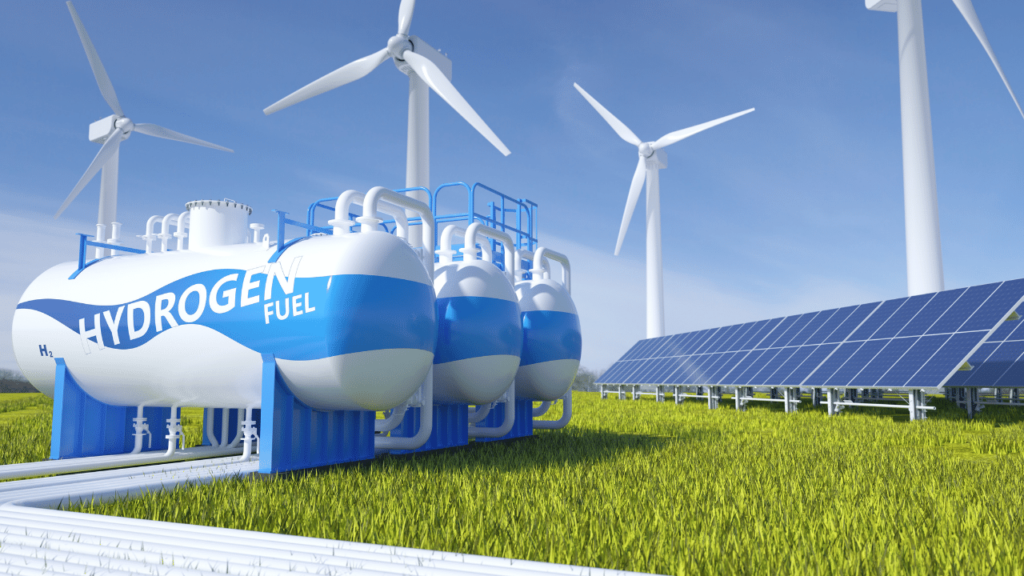Like any new technology, green hydrogen must meet three related challenges: production, distribution and adoption. But it faces far higher-than-advertised hurdles at every stage.
Robin Gaster is the director of research at the Information Technology and Innovation Foundation’s Center for Clean Energy Innovation, president of Incumetrics and a visiting scholar at George Washington University.
Green hydrogen has been touted as the Swiss Army knife of clean energy. It generates no greenhouse gas emissions because it is made by applying green electricity to water to create hydrogen and oxygen. This is in contrast to “blue hydrogen” produced with fossil fuels and carbon-capture processes, and “gray hydrogen,” which uses fossil fuels without capturing the carbon. So, green hydrogen’s boosters claim it can serve as a versatile tool for decarbonizing hard-to-reach sectors like steel, cement, trucks and aviation.
Unfortunately, that’s simply not the case. Like any new technology, green hydrogen must meet three related challenges: production, distribution and adoption. But it faces far higher-than-advertised hurdles at every stage.
It currently costs at least six times as much to produce green hydrogen as it does to produce standard gray hydrogen. That’s because green hydrogen requires lots of energy to produce — more than 50 KWh, plus nine liters of water, per kilo of hydrogen. Proponents expect that green hydrogen’s costs will fall sharply as production scales up, just like it has for wind and solar where mass production of components like turbines and solar panels has driven down costs. But green hydrogen is different. That’s because green electricity — the key input — accounts for 85% of total costs. So, even if scale economies make electrolyzers cheaper and better, it won’t make much difference; the overall costs of green hydrogen will fall significantly only if green energy becomes much cheaper.
Is that possible? Proponents say yes, arguing that green hydrogen can use “free” surplus green energy, when wind or solar farms generate more energy than can be used. But that energy surplus is very limited: The sun shines only during the day, and even then, not all the time. And most solar energy is already fully allocated. A wind and solar surplus of 15% would be optimistic, but hydrogen plants are not viable if they only operate 15% of the time. Moreover, even free energy needs to be delivered, incurring costs and taxes of 3 to 6 cents per KWh in most of the United States. That on its own is enough to make green hydrogen uncompetitive.
It may be possible to load enough subsidies onto green hydrogen to make it economically feasible in the short term, though even maximum access to the very generous IRA funding likely still won’t subsidize green hydrogen enough for it to reach price/performance parity. Of course, even if those subsidies miraculously work in the U.S. and green hydrogen gains traction, the limited economies of scale mean that it will simply not be adopted globally, especially in poor countries where emissions are rising fast.
The recently released Treasury guidance on green hydrogen subsidies further demonstrates what happens when fantasy collides with reality. Understandably, Treasury has opted to demand that the electricity for green hydrogen a) be actually green all the time; and b) that green hydrogen shouldn’t simply cannibalize existing green energy supplies, using subsidies to suck them away from what could be more socially and economically beneficial uses. However, being forced to build new green energy supplies for every green hydrogen plant is a massive lift, drastically reducing the competitiveness of green hydrogen — perhaps fatally so. Hence the squeals from hydrogen producers and their suppliers and partners as their ox is gored.
So, green hydrogen today is expensive to produce, and it will continue to be expensive into the foreseeable future.
What about distributing it after it has been produced? There are three main pathways, all of which are problematic: Hydrogen can be liquified and refrigerated to be distributed in batches by trucks and ships, for example; gaseous hydrogen can be distributed by pipeline — that’s also true for liquified hydrogen, but it’s much more difficult and expensive; and hydrogen can be processed into ammonia or another energy carrier, which can then be transported by bulk carrier.
Batch distribution is expensive and difficult to scale. And even when liquified, hydrogen is much less energy-dense than fossil fuels, so much more transportation is required for a given amount of energy. That’s very expensive. Trucks and ships also suffer from “boiloff” as hydrogen escapes over time.
Pipelines are much cheaper, but they are also inflexible — they go only where they go — so, to be viable, they need large scale production at one end and concentrated demand at the other. Existing gas pipelines are of limited use — they fail when carrying more than 20% hydrogen in the mix — and they leak. And new, specialized pipelines are expensive to build and difficult to pass successfully through permitting processes.
The other potential distribution pathway — converting hydrogen into ammonia — imposes an enormous energy tax, as about 80% of the original electrical energy is lost. That prices ammonia out of most power markets. Burning ammonia for power also generates nitrous oxide, a highly undesirable byproduct.
So, it’s expensive and difficult, both to produce and distribute green hydrogen. Now, consider uses for it. Where are the thriving markets for which hydrogen is the best energy solution?
Existing markets for hydrogen are dominated by ammonia and oil refining. These industries produce and then use gray hydrogen, and production is already integrated onsite into many ammonia plants and oil refineries. Adopting green hydrogen will be slow and difficult here.
But are there new markets that are ripe for green hydrogen in sectors that are hard to decarbonize, like steel and cement? Not likely, because there are cheaper and better-performing alternatives at every turn. To outcompete with gray hydrogen on a price/performance basis, green hydrogen would need to be delivered for $1 per kilo or less, which can’t happen until sufficient green energy is available at close to zero cost. Fossil fuels are even cheaper and thus will be even more difficult to replace.
Moreover, even if green hydrogen were to reach price/performance parity with dirtier alternatives, hydrogen power itself still would still be a second- or third-best option for many use cases. Electrification is the first-choice pathway for the green transition most of the time. For example, light transportation is already dominated by battery-electric vehicles. Trucks will clearly be next. Green hydrogen won’t be competitive.
So, where does that leave us? Putting aside scale economies that won’t happen, it’s clear that green hydrogen will be expensive to produce and distribute, and it will require huge subsidies such as those offered in the United States and Europe. Low-income countries won’t pay that price, so it is unrealistic to expect a hydrogen economy to emerge globally. Converting to hydrogen-based green steel, for example, would cost China $100 billion annually; that’s why the massive growth of steel production planned in India and China contains barely a nod to green steel. It’s just too expensive.
The Swiss Army knife is therefore a warning, not a promise. Expensive, second-best solutions won’t be adopted by markets, and therefore won’t drive decarbonization. Instead, policymakers should focus tightly and invest in R&D for technology breakthroughs that can serve a few uses cases where competitive hydrogen power might be a legitimate first-choice option, such as long duration energy storage. Beyond that, we should support other clean energy technologies with a more realistic chance of reaching price/performance parity with fossil fuels, and where there are use cases in which economies of scale would have real leverage. That’s the only realistic pathway through the green transition.
By Robin Gaster





